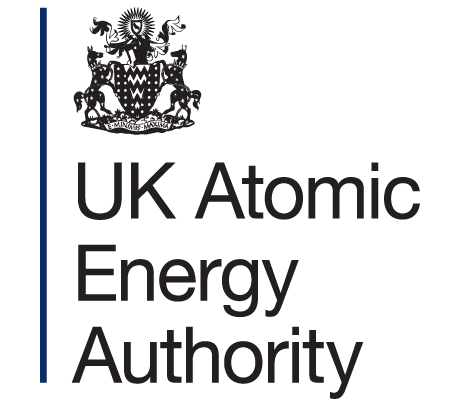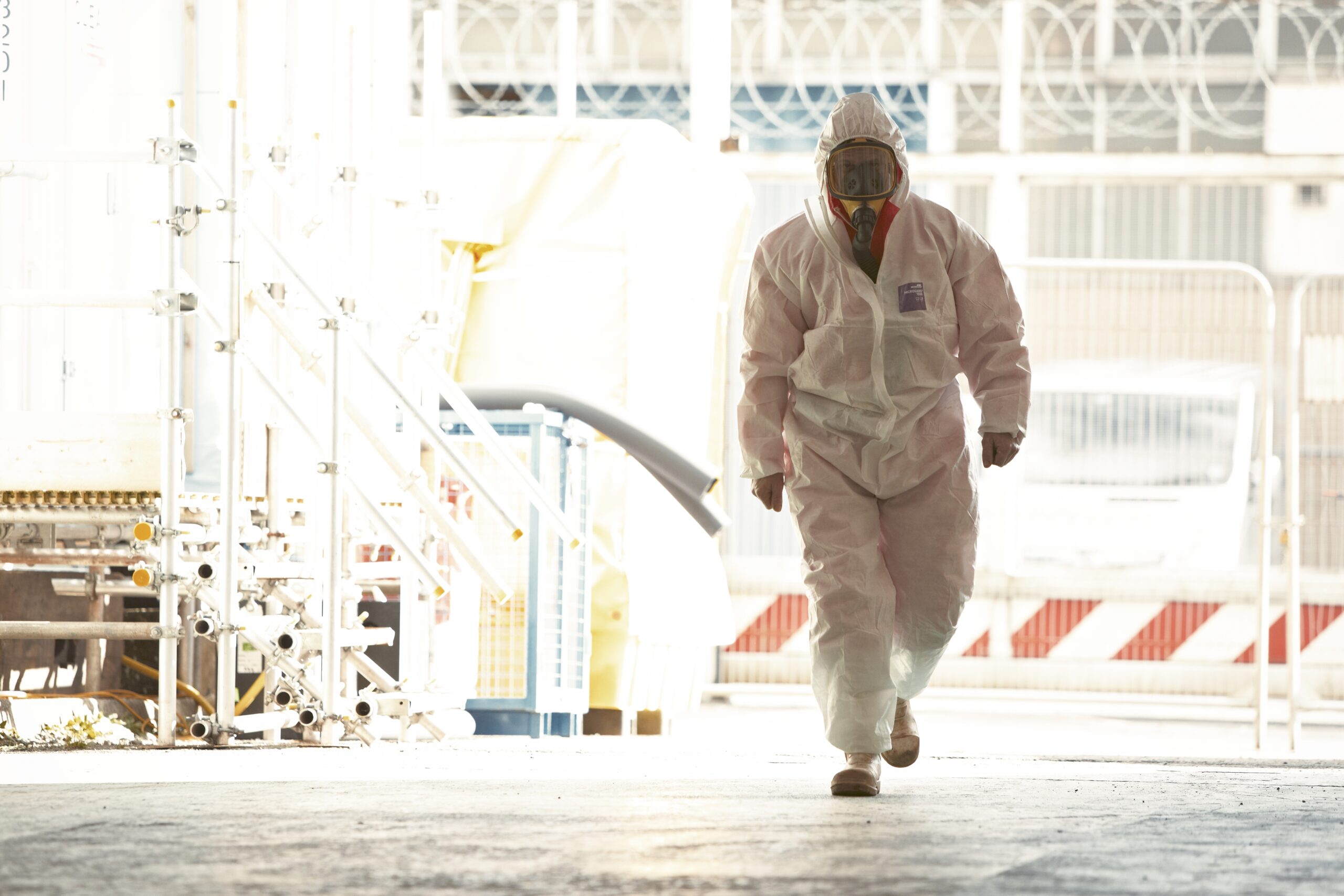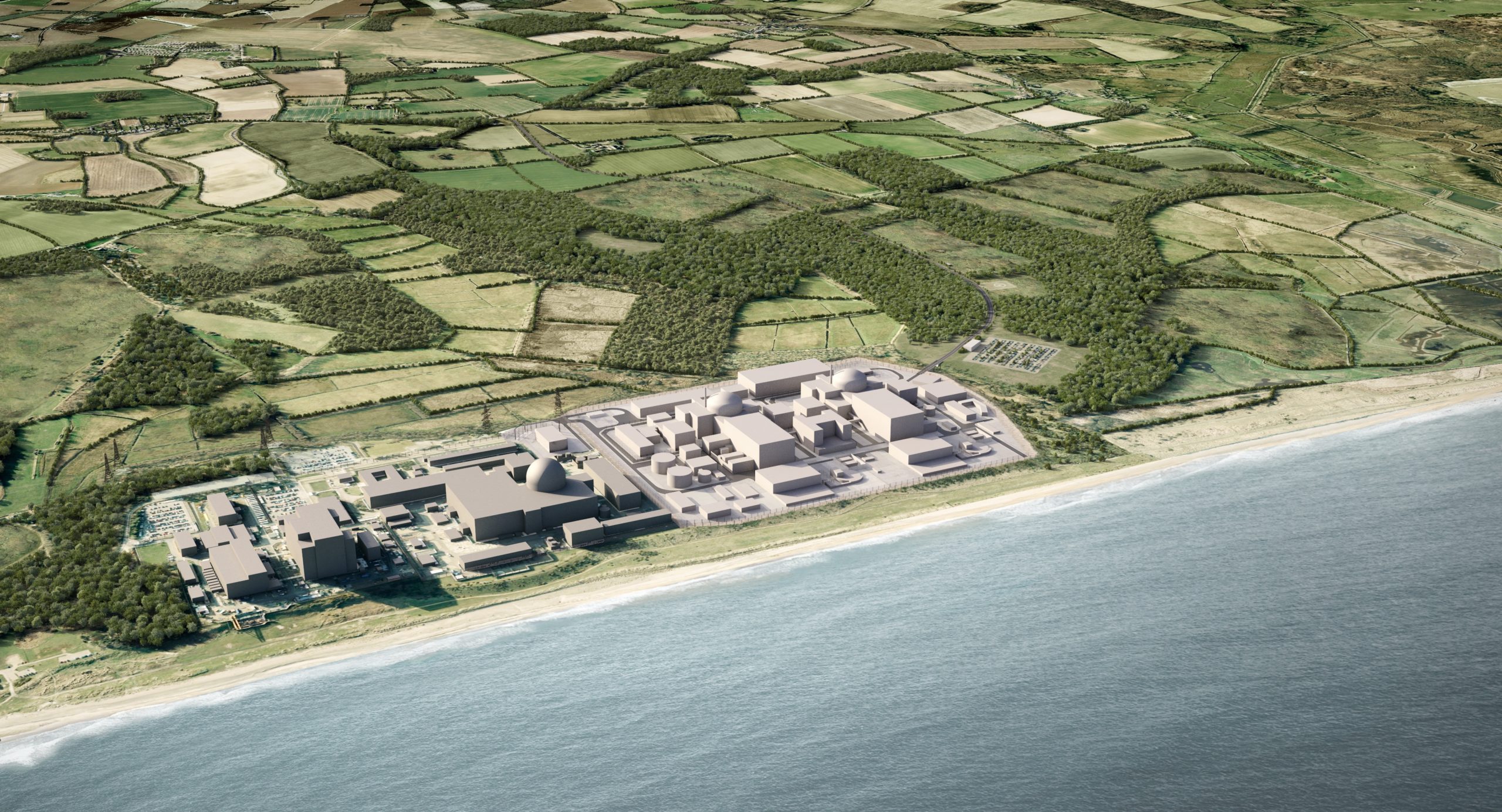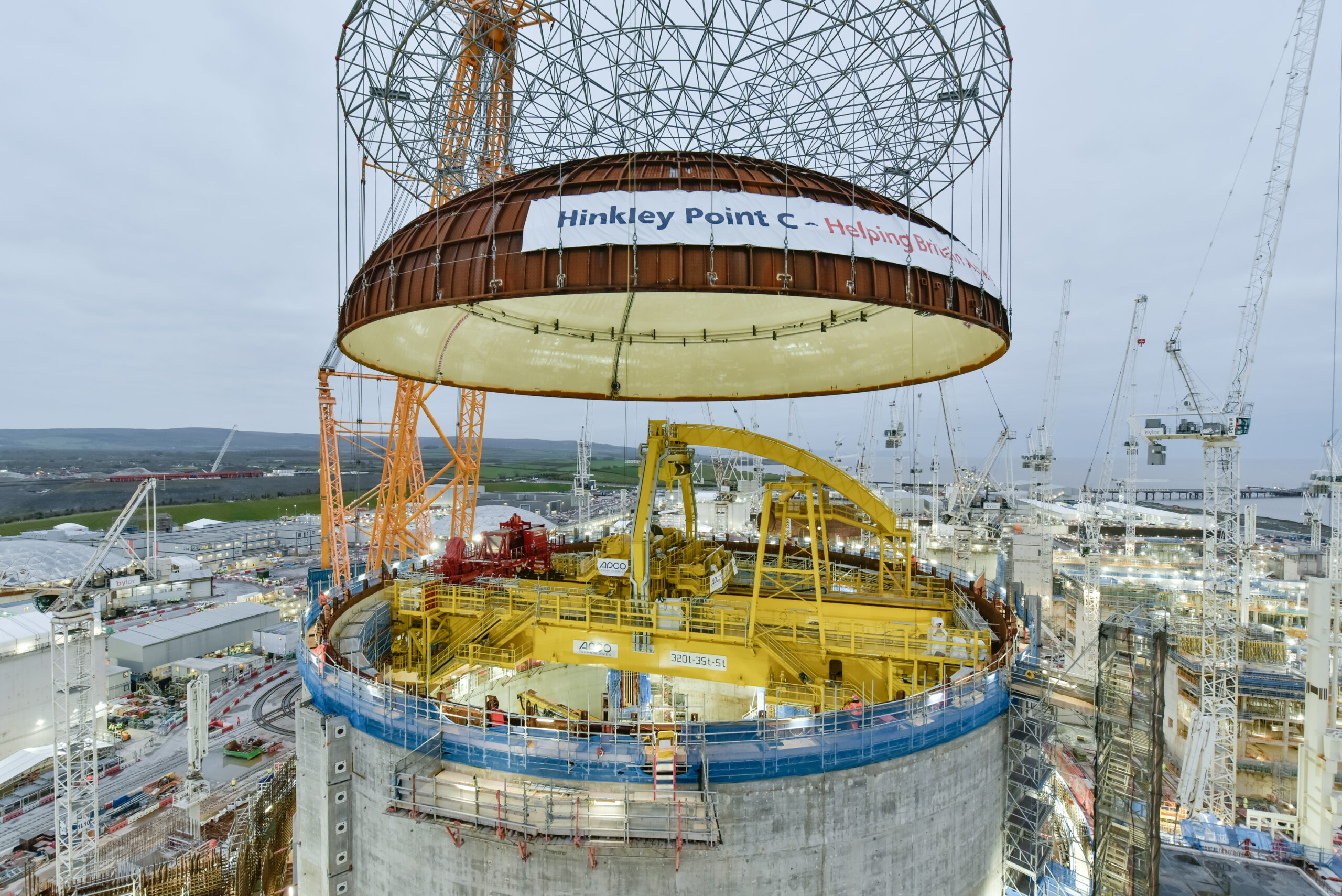Scottish nuclear output grew in 2020, but imported gas will replace retiring stations
Scotland relied on more nuclear power to generate its electricity than any other UK nation in 2020, official Government data has revealed. New figures released by the Department for Business, Energy and Industrial Strategy show nuclear generation in Scotland rose by 9.2% in 2020, with nuclear’s proportion of electricity generation growing by 1% to 26%, the highest share of all four UK nations.
Scotland’s two nuclear power stations, Hunterston B and Torness, occupy just one-quarter of a square mile, but over their lifetimes, have generated enough electricity to power every home in Scotland for nearly 60 years. They have saved 400 million tonnes of greenhouse gas emissions, making them the most valuable clean energy assets in Scottish history.
In 2021, Hunterston B and Torness nuclear power stations have continued to perform well, producing more clean power than in 2020, ensuring Scotland had a reliable source of zero-carbon power during the energy crisis. As gas prices soared and reached record highs this autumn and winter, the stations were strong performers, producing 4.5 TWh of clean power between 1 September and 15 December. In total they produced 12.4 TWh of electricity between 1 January and 15 December this year.
COP26 benefited from this strong showing, with nuclear providing approximately 70% of the electricity for the Glasgow conference at times.
The stations also employ several hundred skilled workers and are vital to local economies, with the wider industry sustaining thousands of well-paid green jobs across Scotland.
But Hunterston B will move into defuelling next month after 46 years of service, and Torness is due to finish generating power within the decade. Since the Scottish Government is opposed to new nuclear projects, there are no replacements for either station. The gap will have to be filled in part with imported gas sourced from extremely volatile global markets. This will prevent more ambitious emission reduction and will threaten Scotland’s energy security.
The Climate Change Committee has warned that because of nuclear fleet retirements, including Hunterston B and Torness, zero-carbon generation across the UK will shrink from 130 TWh to 90 TWh by 2030 without new projects. It has called for new nuclear builds to replace the existing fleet by 2035 to maintain nuclear generation at its current levels.
Tom Greatrex, Chief Executive of the Nuclear Industry Association, said:
“Nuclear should be at the heart of Scotland’s clean energy future. For decades, it has provided good jobs, energy security, and clean power for the Scottish people, and it can do the same for the next generation. Ruling out new nuclear is bad science and bad judgement for Scotland.”
-ENDS-
Notes to editors
- The full dataset and summary from BEIS can be accessed here: https://www.gov.uk/government/statistics/energy-trends-december-2021-special-feature-article-electricity-generation-and-supply-in-scotland-wales-northern-ireland-and-england-2016-to-20
- The UK has seven generating nuclear power stations, providing around 16% of the country’s electricity.
- Nuclear has saved the UK 2.3 billion tonnes of carbon emissions, far more than any other source. The saving is equivalent to all UK emissions from 2015 through 2020.
- Four stations will retire by March 2024, including Hunterston B by 7 January 2022, and all but one will retire by 2030.
About the Nuclear Industry Association
As the trade association for the civil nuclear industry in the UK, the Nuclear Industry Association represents more than 200 companies across the UK’s nuclear supply chain.
Links
Visit our website: https://www.niauk.org/
Follow the NIA on Twitter @NIAUK and LinkedIn
For further information, please contact:
Iolo James
Media & Communications Manager
[email protected]
07517108023











